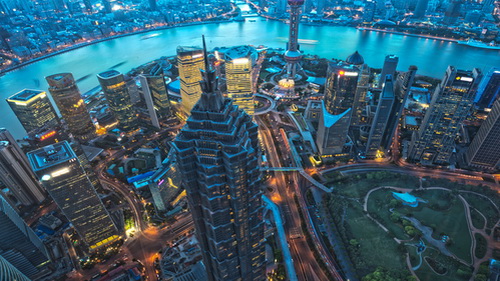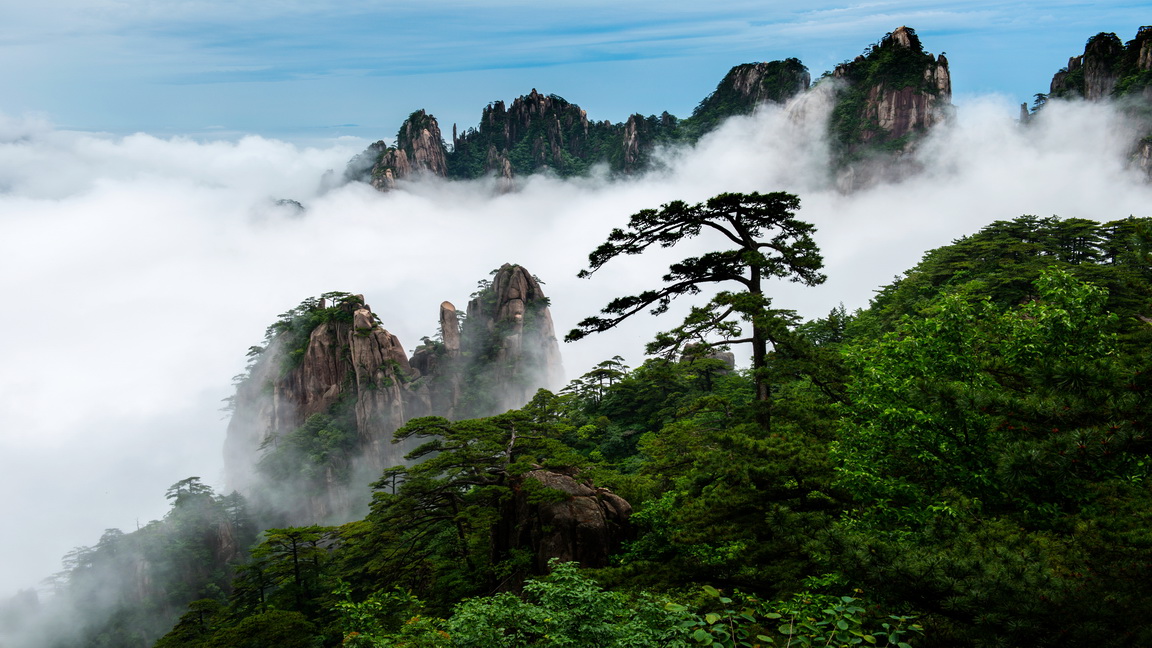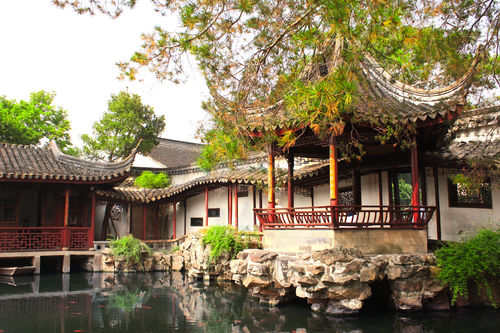- China Classical Tours
- China Adventure Tours
- China Pioneer Tours
- China Jeep Tours
- China Bicycle Tours
- China Trekking Tours
- China Theme Tours
- China Train Tours
- China Photograph Tours
- China Painting Tours
- China Festival Tours
- China Cooking Tours

Shanghai-Hangzhou-Tunxi-Yellow Mountain-Nanjing-Suzhou-Shanghai
|
|||||||||||||||||||||
|
Day 2. Shanghai/Hangzhou (Breakfast, Dinner) |
|||
 |
Hangzhou International Hotel ★★★★★ | ||
 |
Today we drive to Hangzhou. Upon arrival, we go to the Hidden Souls Temple, which dates back to the very early Eastern Jin Dynasty. It is said that the temple was built by an Indian monk who believed that the breathtaking scenery could only be the final retreat of all souls. Leaving the temple, we go for a boat ride on the West Lake, probably Hangzhou’s most prominent landmark. We will also stroll around the local parks around the lake. Then we spend some time in Qinghefang Ancient Street. It is one of the oldest streets and the last antique street that is well persevered there. It derived from the Southern Song Dynasty and became prosperous in the Qing Dynasty. With old alleys, antique houses and famous stores on it, the street is a place melding the local art culture, construction culture and business culture. It is sometimes described as the epitome of Hangzhou. |
||
|
|
|
||
|
|||||||||||||||||||||
|
|||||||||||||||||||||
|
|||||||||||||||||||||
|
|||||||||||||||||||||
|
|||||||||||||||||||||
|
Day 8. Suzhou/Shaoxing (Breakfast, Dinner) |
|||
 |
Star Wish Hotel ★★★ | ||
 |
In the morning we leave Suzhou and drive to Shaoxing (3.5h).Shaoxing has a rich and famed history of about 2,500 years. Numerous historical sites, a beautiful landscape and an exceptional lifestyle offer 200 attractions citywide, including nine 4A scenic spots, four 3A spots, one state-level attraction and seven provincial-level ones, two state-level water conservancy scenic spots and one national geographic park. In 1998, it was appraised as one of China's first wonderful tourism cities.Upon arrival, we will visit the beautiful KeyanScenic Area, which is 12 kilometers west of the city. Keyan Scenic Area dates back 1,800 years ago to the Han Dynasty. It integrates water town, relics of ancient quarrying and lake view as a whole. The scenic area consists of three parks, the Keyan, Jianhu Lake, and Luzhen Town. In the late afternoon, we will walk from the authenticXiaoshan Old Street to the Cangqiao Street. | ||
|
|
|
||
|
Day 9. Shaoxing/Shanghai (Breakfast, Dinner) |
|||
 |
Yangshuo Green Lotus ★★★★★ | ||
 |
After breakfast in the morning, we go to Luxun’ Former Residence.The residence, a two-storied wooden structure in traditional style, is found at 208 Lu XunRoad. Lu Xun is a famous writer. He is not only a writer, but also the founder of Chinese Literature. He lived here until he went to study abroad. He received revolutionarysoldiers and young students here from 1910 to 1912 when he returned home to teach in a localschool, and it was here that he wrote his first novel. To the east of the residence is the ThreeFlavor Study, a private school that Lu Xun attended during his childhood. And then, we go to Baicao Garden- which is an ideal playground when Luxun was a kid and the garden mentioned in his famous novel. Then we proceed toBaizi Bridge. Bazi Bridge is the most famous bridge in Shaoxing. It is called “Bazi” because it shapes like a Chinese character “八”. Located in the Bazi Bridge Historic Community, it was built around 1256 in the Southern Song Dynasty and boasts a history of 800 years. Along the bridge, you can experience the lifestyle of the local people. For example, you'll see women washing clothes beside the river near their houses, vendors selling vegetables and fruits on the street, and the elderly fanning coal stoves to cook.After that, we go to LantingPavilion. Located at the foot of Lanzhou Hill fourteen kilometers southwest of Shaoxing, this pavilion ishere the master calligrapher Wang Xizhi of the Eastern Jin Dynasty wrote a famousessay about his meeting with some friends here in 353. Leaving Shaoxing, we drive to Shanghai. | ||
|
|
|
||




.jpg)










